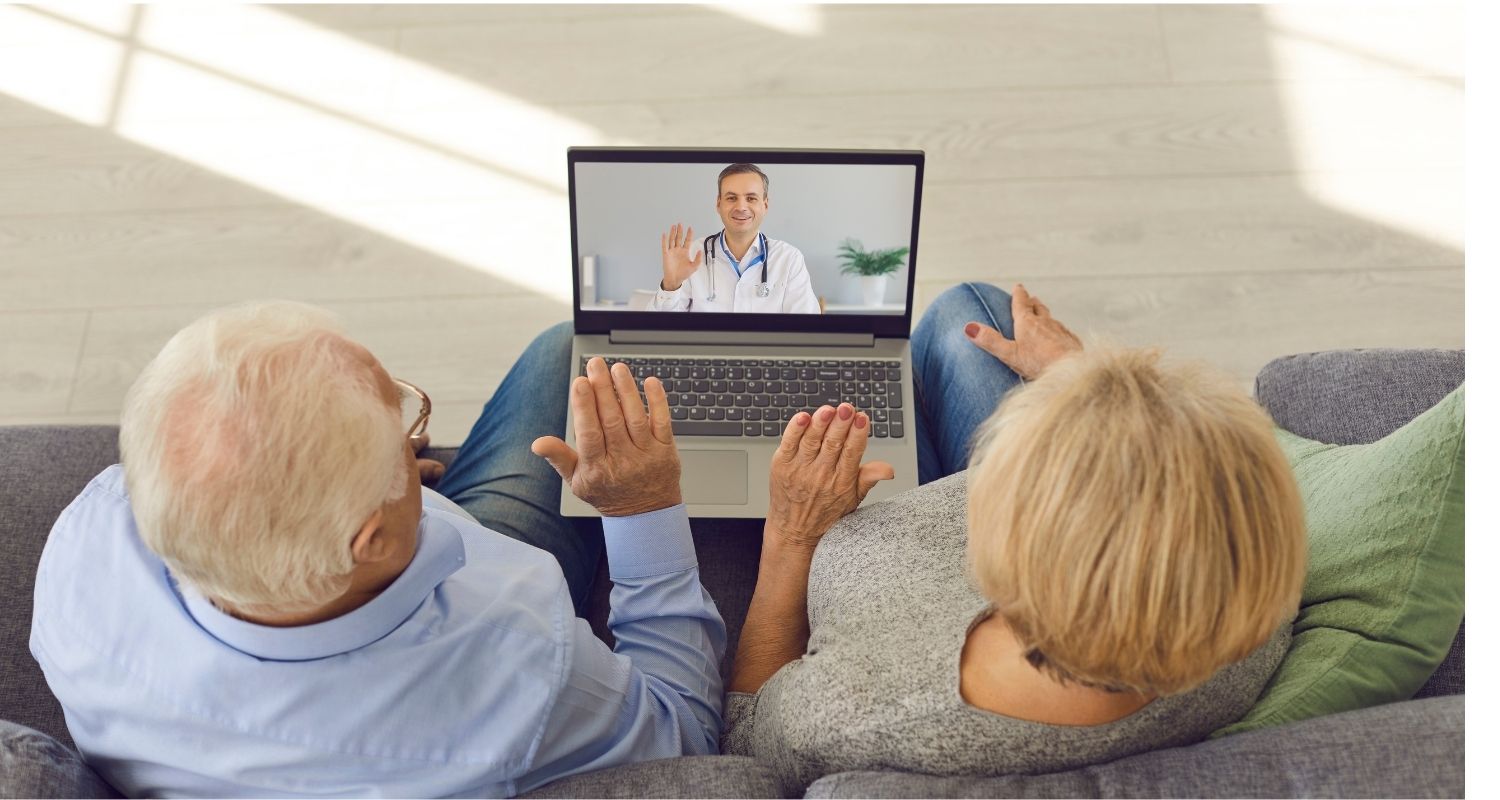Telemedicine has evolved rapidly as a result of the pandemic and can be innovative way of delivering health care to select groups of patients from a distance virtually. Technology can be utilised for the benefit of patients, ensuring safety and regulations are upheld.
Healthcare professionals can aid each other for advice and opinions worldwide, particularly enabling global teaching webinars to disseminate ideas and experiences.
Hence, telemedicine a rapidly growing field that offers a multitude of potential benefits to patients and medical professionals alike. In this article, Gurjeet Jutley, Glaucoma Surgeon Oxford and team, discuss how telemedicine can benefit glaucoma patients.
Evolution of Telemedicine post pandemic
The pandemic has challenged ophthalmic services to maintain delivery of timely, high quality care with restrictions including upholding safe distancing and COVID-safe santisation. Telemedicine and creating virtual clinics are excellent modalities to supplement face-face care.
The concept of the virtual clinic can help to provide extra capacity for unmet demand within a subset of stable patient cohort. Proof of concept studies have revealed that patients do not always require a face-to-face interaction with a doctor at every hospital visit, with safe and effective service being delivered in a “virtual clinic”.
How does telemedicine work?
The concept of telemedicine is very straightforward, whereby a consultation or appointment with a Doctor is made over the phone or using a platform like Zoom/Teams. This of course enables real-time communication, i.e. ‘interactive medicine’.
Multiple models exist which have some evidence supporting them. For example, the ‘store and forward’ model allows doctors to share patient information with other physicians. Remote Patient Modelling is a step beyond this model where mobile medical devices are used to collect data such as intraocular pressure and then to monitor the patient status.
Of course, caution must be upheld as telemedicine can never be a complete substitute for face-to-face healthcare.
How can telemedicine benefit glaucoma management?
Currently, virtual clinics whereby technicians have accrued the dataset of pressures, vision, fields and OCT work extremely well in the low-medium risk patients. Future innovations should include:
- Opinions from further afield
- Remote Management of allergic symptoms
- With time patients could benefit from a continuous flow of information regarding the patient’s disease status.
- In other words, glaucoma care becomes easier and more efficient.
Conclusion
Telemedicine is evolving, with an acceleration post pandemic. With improving technology, it can be a dynamic way to help all patients. It can be postulated that telemedicine will continue to be a prominent model to help deliver healthcare. Of course, it will be interesting to see what new technological developments will emerge to facilitate this.

